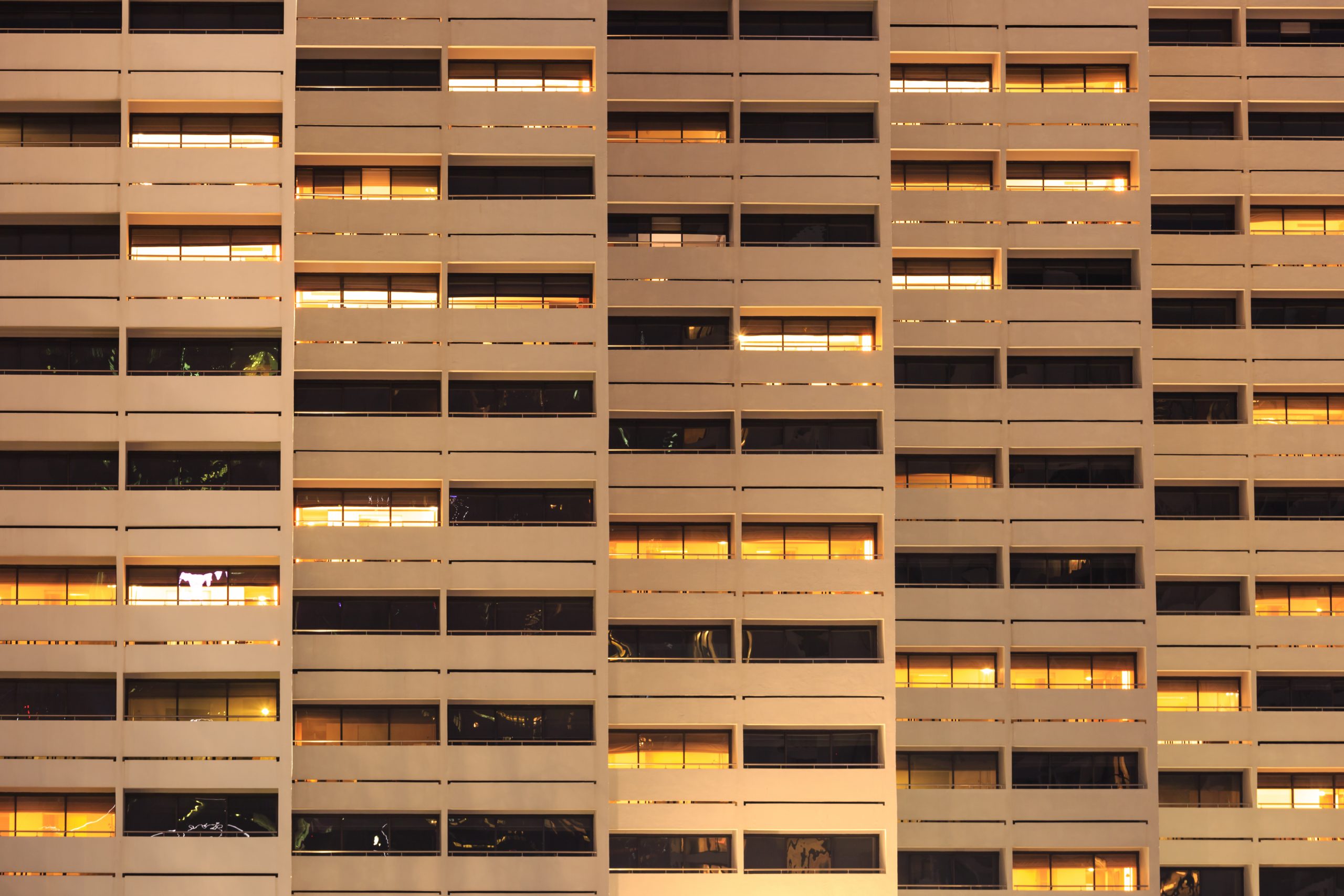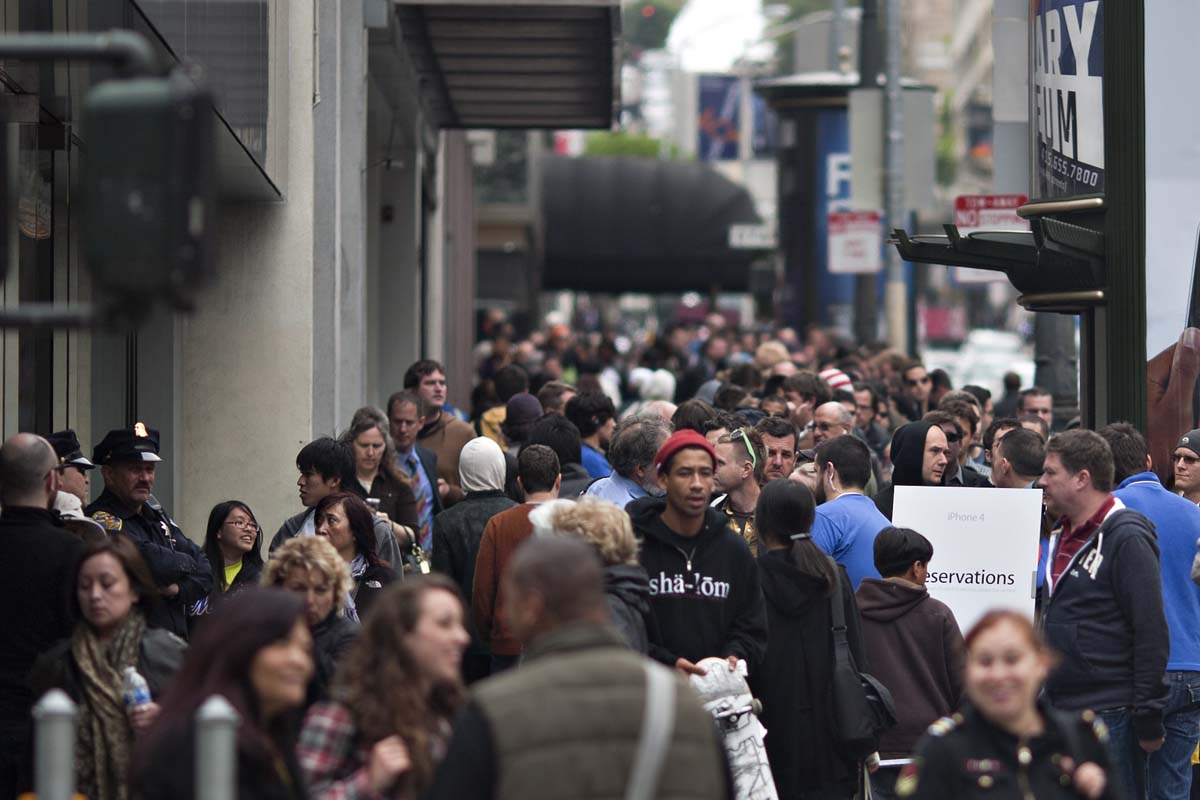This week’s update focuses on five pending bills in the State Legislature, all of which are intended to encourage housing development. These bills, if passed into law, could have a significant impact on housing production and real estate development in San Francisco. A typical mechanism in these bills for expediting housing production is to make the particular approvals ministerial, and therefore not subject to CEQA review.
Lawmakers were expected to return from summer recess on July 13th. Due to at least one Assembly member testing positive for coronavirus, the resumption of the summer session has been delayed until the end of this month. This year’s legislative session is slated to end on August 31, 2020.
AB 2580: Conversion of Motels and Hotels: Streamlining
California Assembly Bill 2580 would allow a ministerial, streamlined conversion of non-residential hotels and motels into multifamily housing. Among its provisions, this bill would establish a process for use by cities and counties, including charter cities and counties, for the complete conversion of a non-residential hotel or motel into multifamily housing units that is streamlined, ministerial and not subject to a conditional use authorization. Because conversion of non-residential hotels and motels into multifamily housing would be a ministerial approval, such conversions would not require CEQA review.
San Francisco has approximately 34,000 hotel rooms in more than 200 hotels. In the short-term, the conversion of hotel rooms to residential could bolster the stock of smaller, affordable units. However, as the economy recovers, the loss of hotel space could dilute or erode convention/tourist facilities in key locations near regional transit. Tenant protections may limit the ability to covert back to hotel to meet future needs.
AB 2345 (Gonzales and Chiu): Density Bonus Expansion
California Assembly Bill 2345 would amend the State Density Bonus Law to provide additional options to qualify for State Density Bonus. Currently, a project may receive one, two or three incentives or concessions, depending on the amount and levels of on-site affordable housing. Projects providing 100% affordable housing may receive four incentives or concessions, but are not eligible for waivers given that density limits are waived. This bill would provide an option to receive four or five incentives and concessions for projects in which greater percentages of the total units are provided for lower income households, very low income households, or for persons and families of moderate income in a common interest development. In addition, when providing the additional affordability specified above, the project is entitled up to a 50% bonus. The bill would also authorize an applicant to receive six incentives or concessions for projects in which 100% of the total units are for lower income units, as specified. The bill would also provide one incentive for Student Housing Projects that are 20% affordable.
Due to San Francisco’s high inclusionary requirements, projects that provide onsite inclusionary housing may qualify for a larger bonus than 35%. A typical rental project would qualify for a 37.5% bonus and if located in a carve out area (North of Market Residential Special Use District, the Mission Area Plan, or the SOMA Neighborhood Commercial Transit District) may receive a 50% bonus.
AB 3040 (Chiu): Allow Cities to Permit up to Four Units on Single-Family Home Parcels
California Assembly Bill 3040 would allow jurisdictions to rezone parcels currently occupied by single-family homes for ministerial approval of up to four housing units, and to count these sites toward up to 25% of the housing units the jurisdiction must accommodate for its share of the Regional Housing Needs Assessment (RHNA). Because projects on these parcels would be designated for ministerial approval, CEQA review would not be required. The projects would still be subject to design review; however, local development standards applicable to the site cannot impede the development of four dwelling units. Covenants or other private provisions that prohibit or restrict the number of units would also be void. Single-family home sites counted toward the RHNA site inventory as potential four-unit sites must have been certified for occupancy at least 15 years ago.
In San Francisco, over 40% of the city’s residential land is zoned for single-family homes (RH-1 zoning) and single-family homes occupy lots in additional areas of the city. Under this bill, San Francisco would choose where to allow four-unit buildings on single-family home parcels and likely would consider factors like access to transportation, neighborhood services, parks, and schools as well as historic status.
SB 1120 (Atkins, Caballero, Rubio, and Wiener): Subdivisions
California Senate Bill 1120 would authorize ministerial approvals of either or both (i) a housing development of two units and/or (ii) subdivision of a parcel into two equal parcels. To use this bill, the subject parcel would need to be zoned for residential uses and in a single-family zoning district. Certain hazardous, protected parcels or currently occupied parcels could not take advantage of this bill. Projects could not result in the demolition of 25% or more of existing exterior walls, a parcel smaller than 1,200 square feet, nor provide short-term rentals. CEQA would not be required. Objective requirements may be applied, provided the requirements do not prohibit the project.
In San Francisco, approval processes for subdivisions and for new housing are discretionary and as such, require CEQA review. By making these projects ministerial, CEQA would not be required and the projects would be approved upon meeting the objective requirements. This would speed the entitlement process and limit the Department’s ability to apply design guidelines.
SB 902 (Wiener, Atkins): Allow Cities to Permit up to 10 Units on Infill Sites in Transit-Rich or Job-Rich Areas
We have previously updated readers on Senator Weiner’s Senate Bill 902, or ‘SB 50 Lite’. This bill would facilitate the passage of local ordinances to allow multifamily buildings with up to 10 units on qualifying parcels. The bill would not require any changes to existing zoning but could allow for faster passage of ordinances by removing the need for potentially time-consuming and costly CEQA review. A large portion of the city’s parcels would likely qualify for rezonings under this bill should the city’s elected officials choose to pass them. SB 902 was passed out of the Senate in late June, and is now being considered in the Assembly.
We will continue to monitor these bills, and will update readers accordingly.
Authored by Reuben, Junius & Rose, LLP Attorney Thomas P. Tunny.
The issues discussed in this update are not intended to be legal advice and no attorney-client relationship is established with the recipient. Readers should consult with legal counsel before relying on any of the information contained herein. Reuben, Junius & Rose, LLP is a full service real estate law firm. We specialize in land use, development and entitlement law. We also provide a wide range of transactional services, including leasing, acquisitions and sales, formation of limited liability companies and other entities, lending/workout assistance, subdivision and condominium work.










